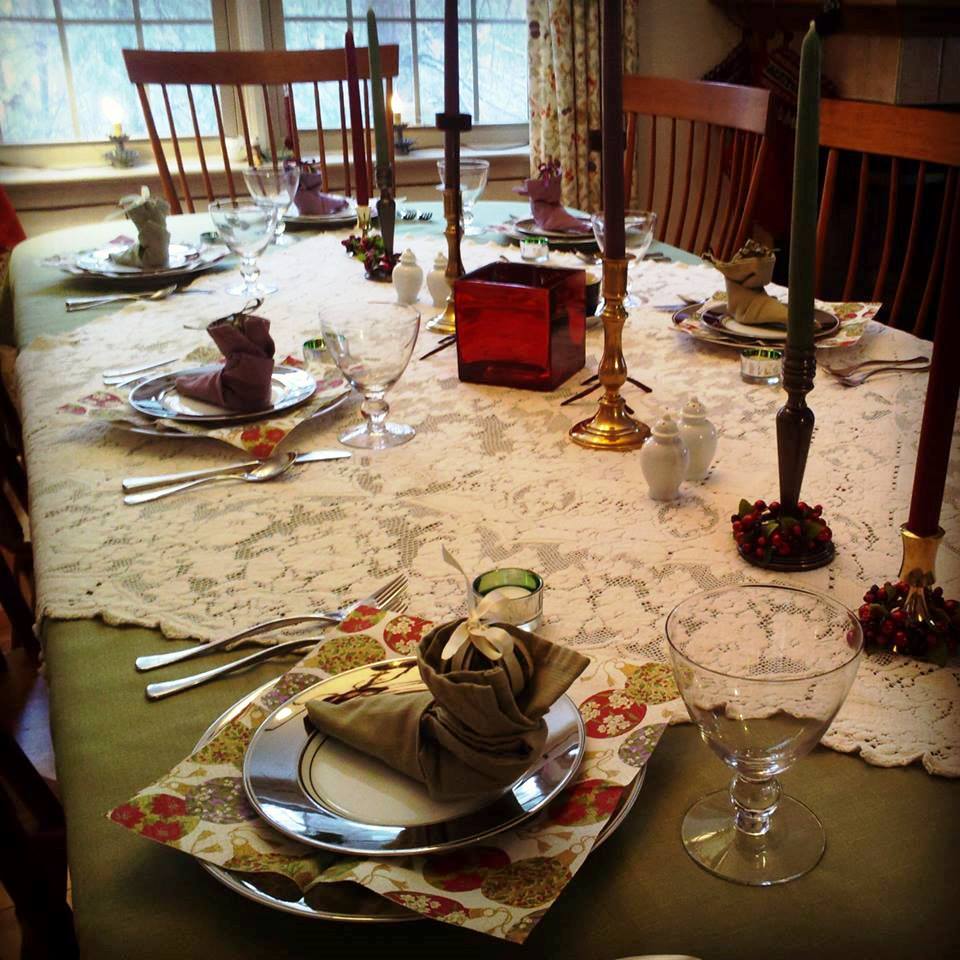Hygge and the American Dream Posted by Gary Locke on Dec 16, 2016 in Culture, English Language, English Vocabulary

Hygge (n): a quality of coziness and comfortable conviviality that engenders a feeling of contentment or well-being. It is regarded as a defining characteristic of Danish culture.
The Oxford English Dictionary, as it does every year, selects a “Word of the Year” from a list of ten finalists selected by its editors. This year, the English word of the year was post-truth, meaning when objective facts are superseded by emotion and personal beliefs. The U.S. election is considered to have been significantly influenced by post-truth.
However, I was intrigued by one of the other finalists for 2016’s WotY: Hygge. In many ways, it is the complete opposite of post-truth. This uniquely Danish word (pronounced hoo-guh) is now very much a part of the English lexicon. When used as a noun, hygge is a cross between a concept and a feeling. It describes a mood which comes over you when you are particularly comfortable, secure, and content. Significantly, hygge is not a physical condition but rather psychological, and defines an overall approach to life. It is also a verb, indicating the act of feeling cozy. “Let’s Hygge!” could be declared by couples, families, or friends wanting to avoid pretention or noise by seeking that state of cozy bliss. The hunt for hygge in life is now the subject of many books and essays.
There are other variations on the word. Over the next few weeks, many of us may seek Julehugge, a Christmastime hygge. And it has its own adjective. You might look at the picture above and think that it is the most hyggeligt (pronounced hoo-guh-lee) photo you’ve seen all year. I’d like to think that my wife, who decorated that table, would agree with that assessment.
But, here’s the thing – This is a Danish concept. What can those of us in the United States do in order to find our equivalent of hygge? Indeed, is it even possible? Sure, there is greater leisure time, and far more ways to fill that time, than ever before. Yet, it seems as though that time is spent apart from others, on the go, and bombarded by noise, movement, and electronica. For many Americans, the dining table (if it exists in the home at all) is more a repository of papers and junk than a hot, home cooked meal. And how can you achieve a hygge lifestyle during these politically charged times?
Perhaps I’m sounding too much like an old curmudgeon and coot who longs for the good old days. Yet, superficially, it would seem that hygge is everything that the traditional, almost cliché, concept of the American dream is supposed to be. If hygge is exemplified by living the good life, surrounded by the simple comforts of home, then the U.S. equivalent would seem to be epitomized in the family living room of sitcoms from the 1950s.
In the early days of television the American sitcom, or situation comedy, centered on an unrealistic middle class family facing daily life with a mixture of humor and love. It was unrealistic because life was never as simple or carefree as these shows portrayed. Each week a minor crisis would develop on shows like Make Room for Daddy, or The Donna Reed Show, only to be resolved within 30 minutes – Minus the three commercial breaks.
As the sitcom has evolved, attempting to portray a more believable family and lifestyle, many of the trappings have remained. The family living room, with its comfy sofa and charming curtains at the windows, is still there. The kitchen table, where the family will gather for breakfast at the start of the day, is largely unchanged. Whether it was the house in Queens, NY of All in the Family, the Illinois household of the Connor family in Roseanne, or any one of the three southern California homes which make up Modern Family, after more than 60 years of family sitcoms I can’t think of any show that failed to include these most basic of set pieces.
And there it is. Sitcoms may be louder, the families more split, the problems they portray more acute, but they are united by what people want to find when they come home. In fact, the very notion of having a home to come to is where hygge begins. Assuming that you have a place to call home, and we are reminded this time of year that far too many do not, then hygge is within your grasp. Maybe you are very happy when you are skiing, hiking, or swimming. Maybe your idea of a good time is a concert, a sports bar, or a day at the museum. But home, your sanctuary from the elements, is the most important place.
Walking through your door isn’t the end of the journey. It is where your quest for American hygge begins.

Build vocabulary, practice pronunciation, and more with Transparent Language Online. Available anytime, anywhere, on any device.



